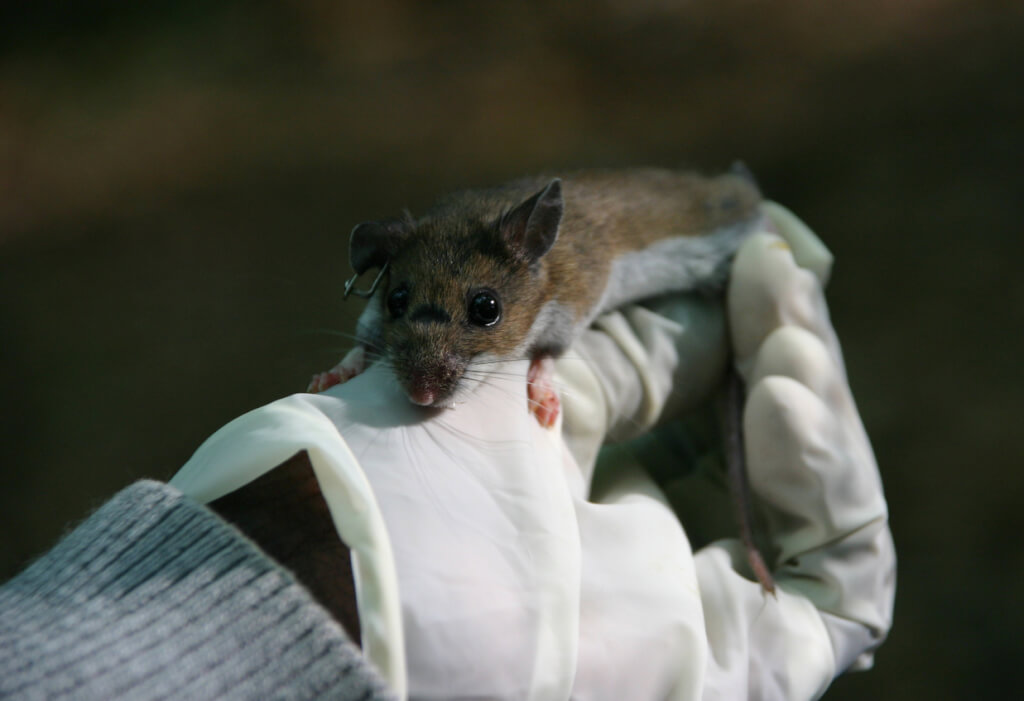Top 7 eating habits of the world's longest living people
'28.10.2022'
Nadezhda Verbitskaya
It takes more than longevity genes to live to 90, 100 and beyond. From what science knows about pesco-vegetarianism (or pescatarianism) and centenarians, you need full physical activity, mentally stimulating social relationships and healthy food, reports Eat This.
But what is included in the diet of the world's longest-living people? Nearly 20 years ago, National Geographic author Dan Buettner and researchers at the National Institute on Aging set out to identify communities around the world where people lived noticeably healthier lives for longer than most. And then they looked for common lifestyle habits that kept them awake in their 90s, 100s, and beyond. These initial centennial energy hotspots included Okinawa, Japan; Sardinia, Italy; Nicoya, Costa Rica; Ikaria, Greece. The only American place was Loma Linda, California. It has one of the largest concentrations of Seventh-day Adventists in the world. After analyzing the lifestyles of these people, Buettner wrote the bestselling The Blue Zone: 9 Longevity Lessons from the Longest-Lived People and Blue Zone Cuisine, a recipe book based on the Longevity Diet.
On the subject: Adams promised to live on $10 a day and admitted that although he is a vegan, he sometimes eats fish
If you want to live long, you should learn some of the eating habits of the centenarians in these areas. Research shows that there is a clear science behind what 100 year olds put on their dinner plates and longevity. And after reading this article, you'll want to stock up on the 100 best foods on the planet.
1. Eat less meat
Buettner found that most people living in the Blue Zone eat less than 70 grams of meat five times a month. For reference: McDonald's double cheeseburger is 85 grams of beef. Since 96, researchers have followed 000 Seventh-day Adventists since 2002 as part of Loma Linda University's long-term research project to establish links between lifestyle, diet, disease, and mortality. Adventist health studies have shown that the longest-lived Adventists who were vegetarian outlived meat-eating Adventists by up to eight years. Sandy vegetarians, who included a small amount of fish in their diet, were also among the longest-lived Adventists.
Research has proven that protein is an important macronutrient for satiety, maintaining body weight, and maintaining muscle mass. If you want to eat less meat, you can still get protein by eating some fish and turning to plant sources of protein.
2. More plant foods!
For more motivation, look at the long-lived Icarians. Although they live on an island in the Aegean Sea, these Greeks feed mainly on plants. Only 6% of their diet is fish, almost 20% vegetables and 11% legumes. Research shows that the foods you eat have the biggest impact on your health and longevity.
Consider the results of the 2019 Global Burden of Disease, Injury and Risk Factors Study. It is estimated that poor dietary choices are responsible for 11 million deaths worldwide each year. Using data from a study published in the journal PLOS Medicine, the researchers found that moving away from the standard Western diet by eating less meat and more legumes, whole grains and nuts could increase the lifespan of young people by more than a decade. This study showed that even 60-year-old people who switched to a diet could increase life expectancy by eight years.
3. Eat smaller fish
The researchers found that most people in the Blue Zone areas ate fish. But not much, up to a maximum of 85 grams three times a week. That's about the same amount of seafood rich in omega-3 fats as recommended in the American Dietary Guidelines for Good Brain and Heart Health. But Blue Zone centenarians tend to eat smaller fish like sardines and anchovies. Why? Smaller fish generally contain lower levels of mercury than larger, longer-lived fish. A study published in the May 2014 issue of the American Journal of Clinical Nutrition found that the more fish people eat, the higher their blood mercury levels. Eat less tuna, salmon, and tilapia and more sardines, herring, and mackerel. Eat smaller, younger fish to live longer and be healthier.
4. Add legumes!
If you want to start eating like the Blue Zone does, do this: Eat about one cup of beans every day. This is one habit common to all five Blue Zone regions. Beans and legumes are fundamental ingredients in the diet of Blue Zone residents. So include chickpeas, red beans, lentils, peas, bean sprouts, edamame, and a pint in your diet. All of them are on the American Diabetes Association's list of "superstar foods" for type 2 diabetes due to their high content of fiber, protein and beneficial nutrients.
5. Take a handful of nuts
Add two handfuls of nuts to your diet every day. This is what the Blue Zone people do. Residents of Ikaria and Sardinia eat almonds. Centenarians in Nicoya prefer pistachios. Adventists in Loma Linda eat a variety of nuts (almonds, brazil nuts, walnuts, cashews, peanuts). The famous Adventist Health Study (AHS-2) notes that those who eat nuts tend to live an average of two to three years longer than those who ignore them.
Nuts are high in fat, but their mono- and polyunsaturated fats lower LDL levels, the so-called “bad” cholesterol.
6. Drizzle Whole Grain Bread With Olive Oil
Olive oil is another heart-healthy monounsaturated fat. Drizzle over vegetables, salads, and even bread, but make sure your bread is whole grain. In the Blue Zone regions, people avoid commercially produced breads made with white flour. This white bread is devoid of fiber. It quickly raises blood sugar levels. Bread produced in the Blue Zone consists of high-fiber whole grains or sourdough. Research shows that both of these species support a healthy microbiome.
7. Drink this, not the other
People in the Blue Zone consume only about a fifth of the sugar that North Americans consume. This is because they don't drink soda or eat sweetened yogurt. As well as other foods containing added sugar. “They eat sugar intentionally, not out of habit or by accident,” writes Buettner. In other words, they save sweets only for special occasions. As for drinks, you can follow suit by drinking mostly water.
According to the Mayo Clinic, residents of Sardinia, Ikaria and Nicoya drink coffee. It protects against heart attack and stroke, Parkinson's disease, type 2 diabetes, and liver disease. And Okinawans prefer green tea, which is rich in polyphenols and antioxidants. They improve brain health and combat oxidative stress. One study published in the journal Psychopharmacology found that regular consumption of green tea can improve memory.







